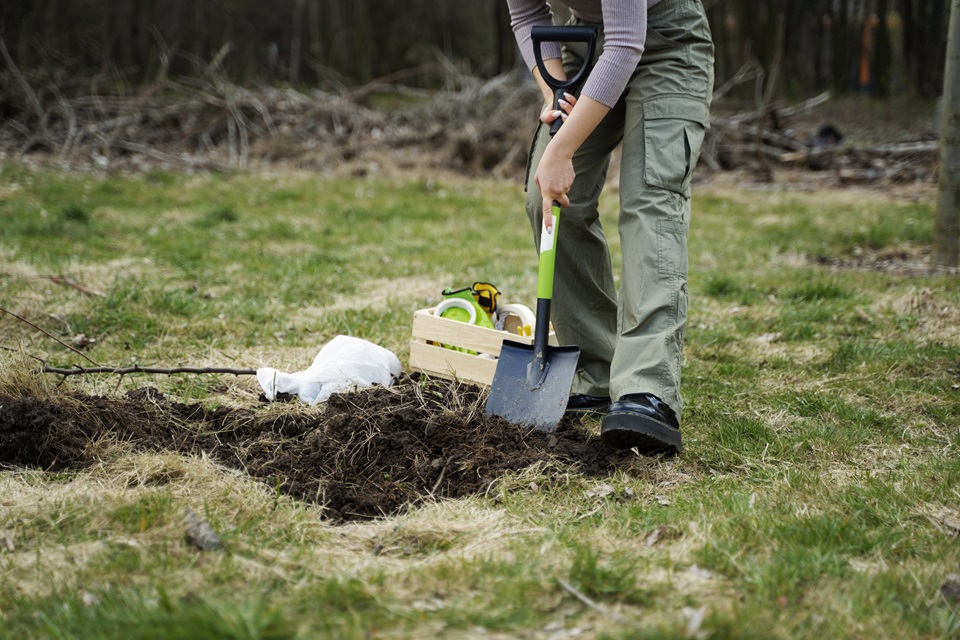
Understanding Lawn Fertilization
An immaculate lawn doesn’t happen by accident. A robust understanding of lawn fertilization is crucial in nurturing your green sanctuary. Fertilization enhances growth by supplying the nutrients that grass often lacks in its natural soil environment. Beyond superficial beauty, proper fertilization improves the resilience of the lawn against pests, drought, and heavy foot traffic, creating an inviting outdoor space.
Benefits Of Mulch Installation
Mulch is often the silent partner in successful landscaping, but its benefits are loud and clear. Applying mulch helps to moderate soil temperatures and retain moisture, cutting down on the need for frequent watering. Additionally, proper mulch installation serves as a natural hindrance for weeds, decreasing resource competition and improving the visual appeal of garden beds with their consistent appearance. Beyond aesthetics, it enriches the soil as it breaks down, making it an essential element in any thriving garden. This outer layer of soil also plays a part in promoting soil health by decomposing and providing nutrients over time, providing an eco-friendly choice for enhancing both appearance and environmental quality.
Choosing The Right Mulch
Choosing the right kind of mulch can have a significant impact on the results of your landscaping work. As bark, leaves, and straw decompose, they improve the soil by adding nutrients, which improves its quality and fertility. Conversely, inorganic mulches such as gravel or rubber are ideal for both decorative uses and low-maintenance areas. Every kind of mulch offers distinct benefits that, when paired with the needs of your garden, can maximize the rewards you receive.
Integrating Fertilization & Mulching
Blending the worlds of fertilization and mulching can yield exceptional results for any homeowner serious about their landscape. By providing nutrients through fertilizers and preserving them with mulch, you create an ecosystem where the turf and plants can flourish all season long. This symbiotic relationship mimics natural processes, making it both efficient and effective. A harmonious landscape brings joy and tranquility to the owner while fostering a healthier, more dynamic ecosystem.
Seasonal Considerations
Timing is everything, especially when it comes to fertilizing and mulching. Each season brings its own set of challenges and opportunities. Fertilizing in the spring awakens the lawn after its winter dormancy, promoting early growth while fortifying it against summer’s stresses. Autumn applications prepare the grass for harsh winter conditions, providing a nutritional reserve for the colder months. Meanwhile, refreshing your mulch annually can ensure it continues to perform its protective role effectively, offering visual appeal year-round.
Common Mistakes To Avoid
Missteps in lawn care can quickly turn your outdoor dream into a nightmare. Over-fertilization can lead to nutrient runoff, adversely affecting nearby watercourses and creating environmental hazards. Similarly, using too much mulch can suffocate plants or impede water penetration. Understanding the optimal application rates and techniques is crucial. Be mindful of throttle control rather than full speed to maintain the delicate balance necessary for a thriving garden.
The Environmental Impact
A responsible approach to lawn and garden management can significantly lessen environmental impacts. Products used and their application methods can either contribute to sustainability or lead to degradation. By aligning with guidelines such as those from the Environmental Protection Agency, you can embrace practices that grow not just vibrant lawns but enriched ecosystems. Get active in protecting the biodiversity of your local environment through thoughtful choices.






















